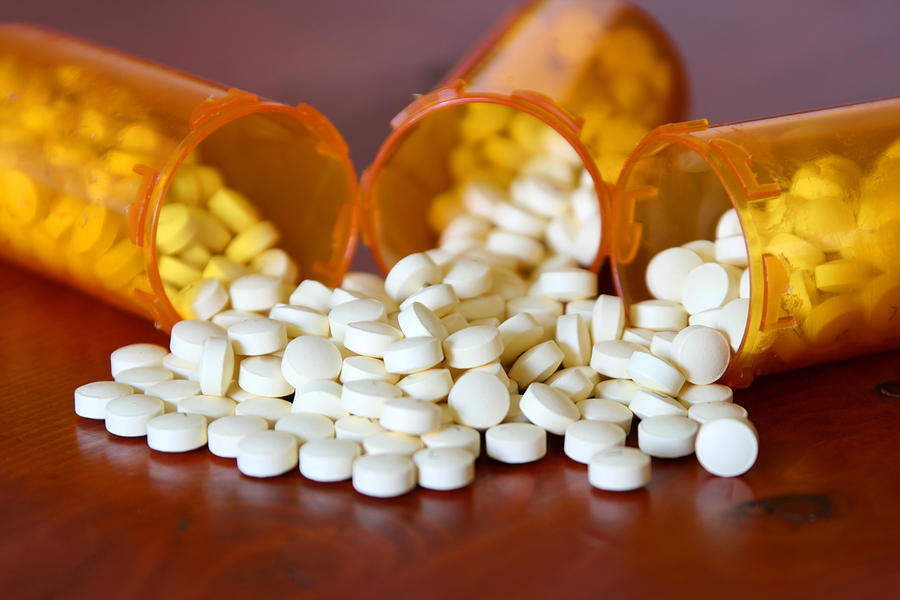
According to the article “Secure The Pharmaceutical Supply Chain From Risky Counterfeiters,” leading members of the House and Senate have proposed a legislative draft to establish a national ‘track and trace’ program for prescription drugs. The Food and Drug Administration has been dealing with an increasing number of cases involving counterfeit prescription drugs. In 2010, the FDA’s Office of Criminal Investigation opened 72 cases involving fake drugs. This is highly problematic for the pharmaceutical supply and very risky for the health of individuals. Some of these cases have involved counterfeit Adderall, Vicodin, Xanax, flu medicine, and cancer drugs. One reason counterfeit drugs are able to enter the nation’s pharmaceutical supply chain is the contradicting state regulations that are in place. Each state has varying compliance rules. There is not a federal level system in place, and the FDA does not have the authority to implement federal standards that can ensure the authenticity of prescription drugs from the manufacturer into the hands of prescription drug users.
In order to combat the introduction of counterfeit prescription drugs into the nation’s pharmaceutical supply chain, there needs to be compliance standards at the federal level put into place. The ‘track and trace’ program proposed by members of the House and Senate calls to rid of the contradictory state regulations and increase the security of the pharmaceutical supply chain by setting up countrywide standards. Many industry participants, such as manufacturers, chain drug stores, wholesalers, and distributors, have expressed their support for this proposal.
A downside to this national ‘track and trace’ system is that it will be more costly for pharmaceutical companies. The high compliance costs that the pharmaceutical companies may incur could cause these companies to decrease operations, limit distribution, or even shut their doors entirely. More supply disruptions and drug shortages could occur as a result of the higher compliance costs. However, complying with the regulations of each of the individual states can also run costly for this industry as well.

Although the proposal for a unified national system of security for prescription drugs that Congress is putting forward may be costly, it would ensure that patients are receiving legitimate prescription drugs instead of counterfeit ones. This ‘track and trace’ system, when implemented at a national level instead of state-by-state, may be more cost effective in the long run.
A uniform system for the national pharmaceutical supply chain would decrease the ability for counterfeit prescription drugs to enter and be distributed to patients. Even though it could impose higher compliance costs for this industry, the benefits of ensuring safety for prescription drug users cannot be ignored.
Do the costs of implementing a uniform system for the pharmaceutical supply chain outweigh the benefits? Or do the benefits of a uniform system outweigh the costs?
Sources:
Image 1: http://www.recyclemorewisconsin.org/wp-content/uploads/2013/01/Medications.jpg
Image 2: http://www.drugsno.com/wp-content/uploads/2011/05/bigstock_Bottles_Of_Medicine_16441621.jpg